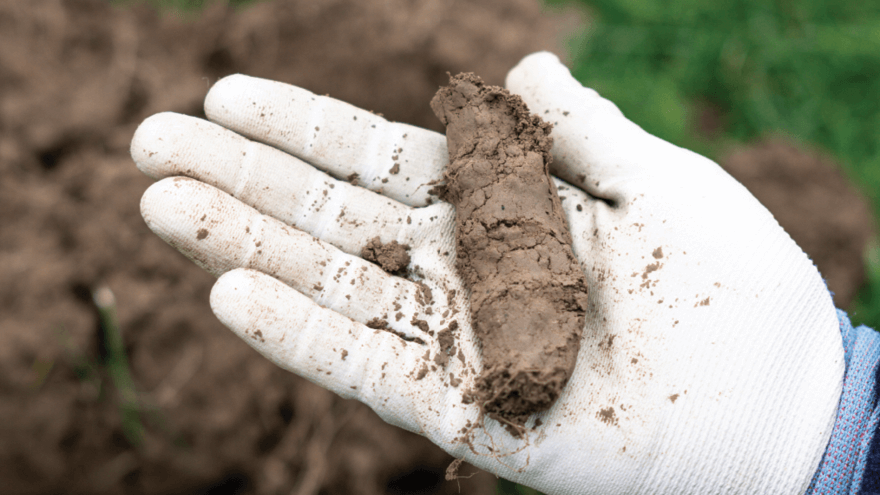
Soil testing: a sound investment for your farm
Soil testing is an inexpensive tool to help guide the fertiliser and lime requirements of your farming system. Consider it as an investment in the economic and environmental outcomes of your farming system.
There is a common saying ‘if you don’t measure it, you can’t manage it’. A soil test enables fertiliser to be applied at the agronomic optimum and without excessive waste or possible adverse environmental effects. It enables you to see what’s in the ‘soil nutrient tank’; how big and how full the tank is. It is vital to have this information, as over the farming season, product removal (the milk, meat and crop leaving the farm) and soil processes deplete the soil of nutrients. If nutrients are not returned to the soil, eventually the ‘soil’s nutrient tank’ becomes empty and productivity declines.
Soil testing improves fertiliser management by identifying if it is just the nutrients removed during the farming season that need to be replaced (maintenance) or if the soil nutrients levels are low (below a optimum level) and extra nutrients (capital) beyond maintenance need to be applied to lift the soil test values into a desired range. Conversely, if there is already enough of a particular nutrient in the soil, then there may be economic and environmental disadvantages associated with applying more of it.
While any single set of soil test results can help make informed fertiliser decisions, it does however, need to be compared to trends built up by a history of soil tests to ensure an accurate fertiliser recommendation is made. One-off soil test results provide valuable information but this is of limited long term value as it is essentially a snapshot in time of a dynamic environment, which will vary from place to place and year to year on-farm. Trends of individual nutrients/soil conditions (pH, phosphorus, potassium and magnesium) ‘smooth out’ some of this variability and give a better picture of soil fertility and how suitable your fertiliser strategy is for your farming practice.
Soil testing needs to be carried out in a consistent manner. Testing should be conducted along the same transect (avoiding hot spots such as gateways and water troughs) at the same time of year and to the same depth of 7.5 cm for pastoral soils and 15 cm for cropping soils each time. This reduces variability and provides a more reliable picture of your soil's nutrient trends.
Soil testing enables you to monitor the effectiveness of previous fertiliser applications and keep track of soil chemical fertility trends over time. This will result in more accurate fertiliser and lime recommendations that will optimise your fertiliser dollar, a small but highly valuable investment in your farming system.
Contact your local PGG Wrightson Technical Field Representative today to organise soil testing and ensure you are getting the best value for your fertiliser dollar.



